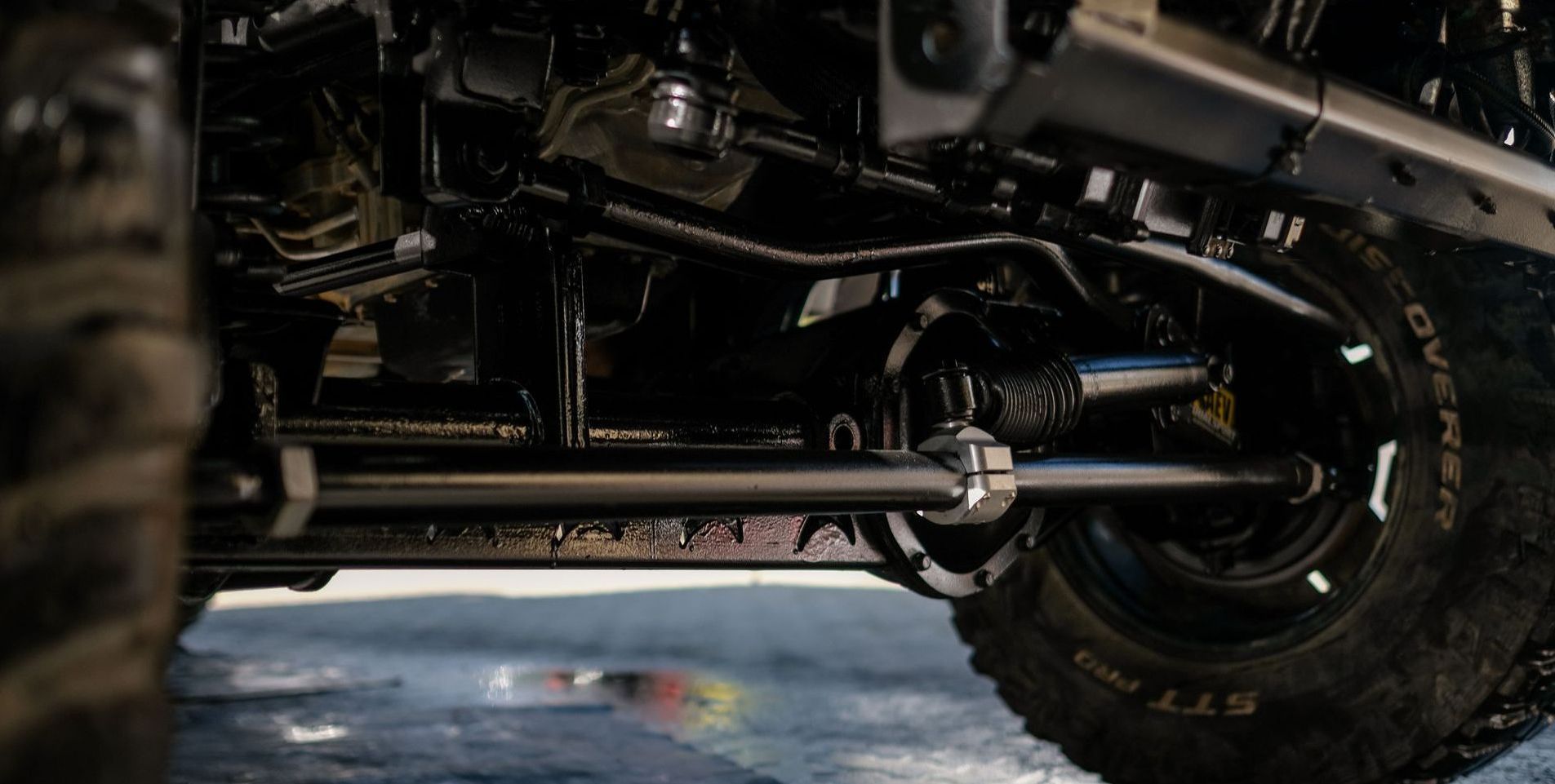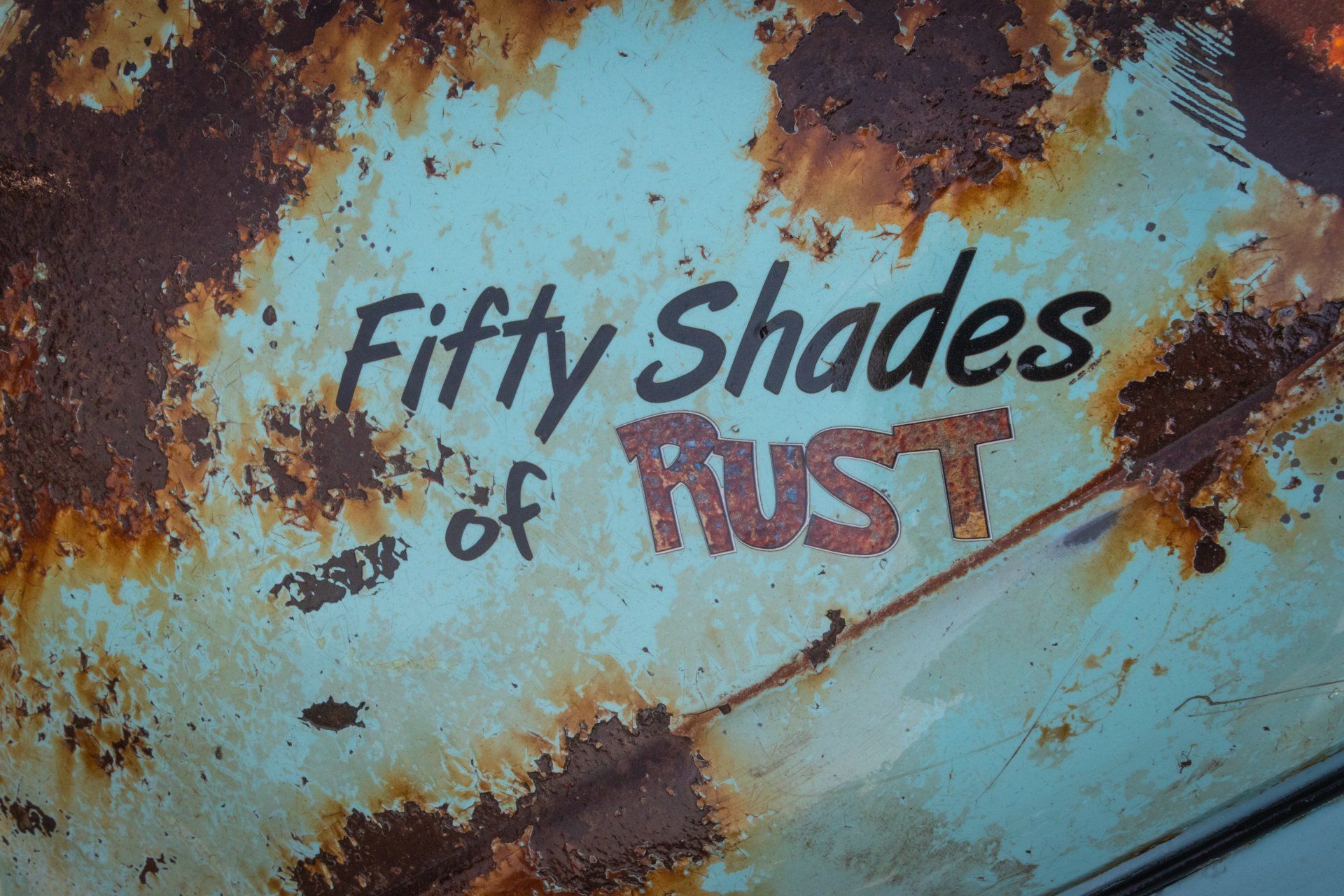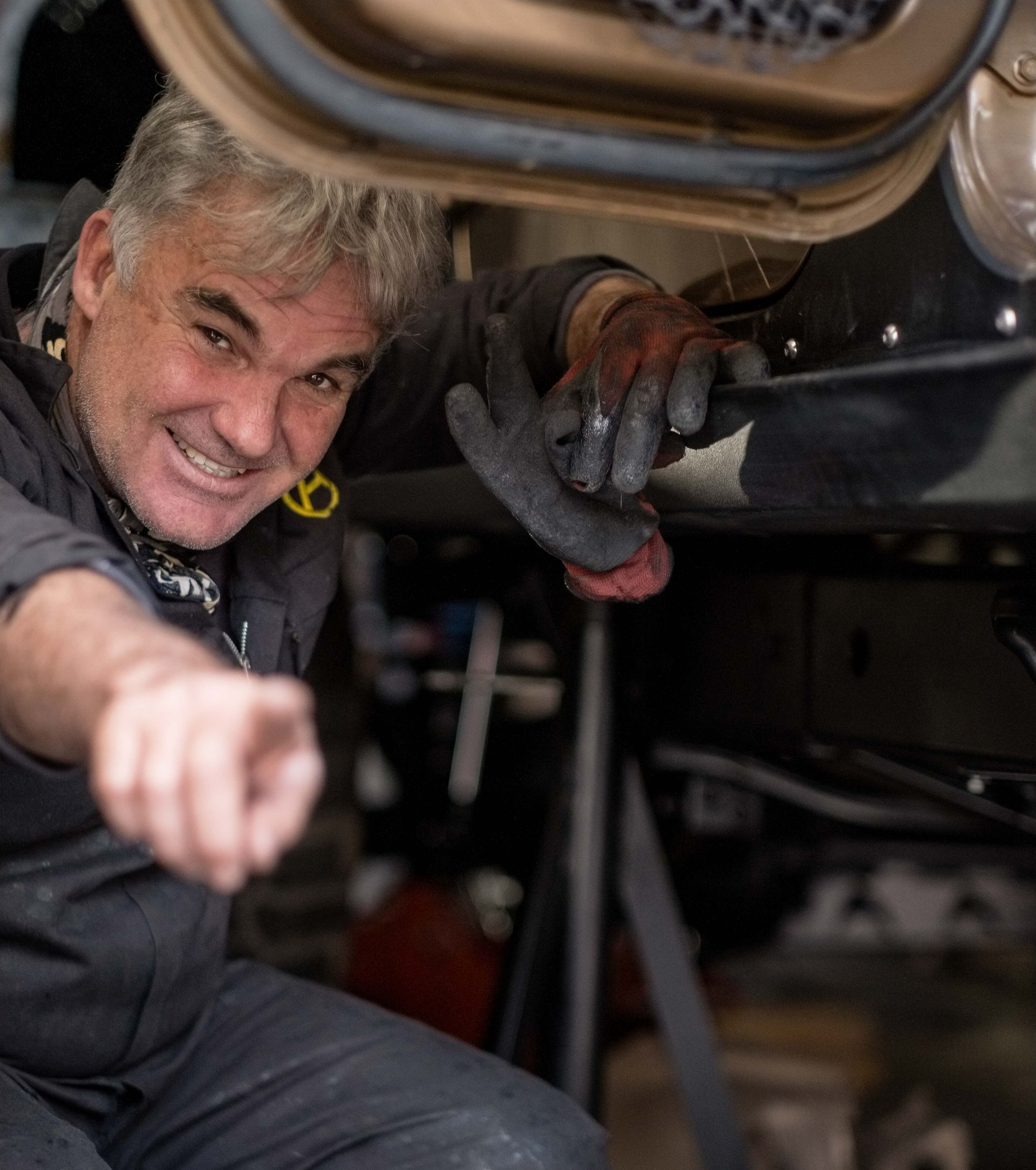Chassis Corrosion – The Underestimated Killer

Be it an Off-Roading 4x4 or Daily Driver, all vehicles are subjected to corrosion.
A recent study, conducted by a European Insurance Firm, concluded that a rusted chassis puts occupants at a 20% higher risk of being killed by an accident. Twenty percent. You, or someone you love, have a 2 out of 10 chance of being killed due to a compromised chassis.
Think about this for a moment. All vehicles are subjected to corrosion, regardless of size, price range and age, and corrosion is a potential killer.
The general, but erroneous perspective is that 4x4 and off-road vehicles are most at risk. A daily driver, kept in a garage is perceived to be safe from corrosion and its hidden dangers. Today, due to the high levels of contaminates in our environment, this is no longer the case.
Anything from brake dust to water puddles (they are saturated with minerals and contaminates) will speed up the corrosion process. A small chip or scrape in the factory coating will fast develop into surface rust, graduating to aggressive penetrating rust in no time.
A well-loved, compact 4x4 has recently been in the news over corrosion presenting on the chassis in less than a year after purchase. Most vehicle manufacturers do not include chassis rust in their warrantee, leaving customers to spend thousands of rands, rectifying the problem. If they pick up on it at all.
Risks associated with chassis rust:
- Insurance claim payouts (usually not covered)
- Roadworthiness
- Steering
- Suspension
- Brakes
- Vehicle integrity and load bearing (remember, the chassis carries the entire weight of your passengers, cargo, and the vehicle body itself).
- Accidents resulting in serious injury or death.
- Loss in resale value
A quick look underneath does not always reveal the deeper-seated corrosion issues. It is therefore very important that a professional corrosion specialist inspect the entire chassis and underbody to determine the extent of the damage.
Remedy:
Beware of cheap repair centres and DIY coatings. Most off-the-shelf coatings are not strong or flexible enough to handle the twisting of a vehicle chassis, resulting in the coatings peeling off withing a few months of application. Strong anti-corrosion properties are an absolute must, applied with care to reach all the nooks and crannies. Rust converters have, in our experience, proven to be a short-term solution only, with rust continuing to creep underneath the coating, unseen. Full rust removal is needed, with structurally damaged parts removed and replaced where necessary.
Never use rubberising or bitumen on a chassis. These are lovely products for water-proofing your roof, but on a chassis they are worthless.
Consult with a corrosion specialist, who understands vehicle corrosion and who can remove and treat the chassis and under carriage to ensure that your asset stays intact and loved ones safe and secure.
Anthony Anti-Corrosion Coatings and Supplies BLOG




